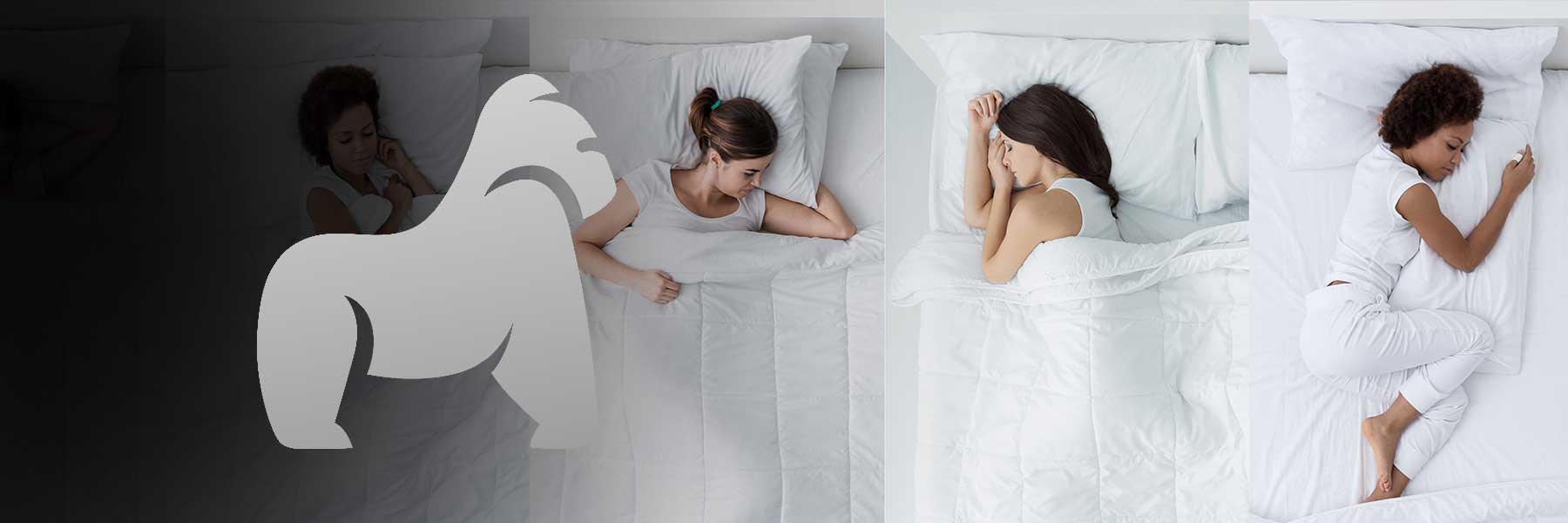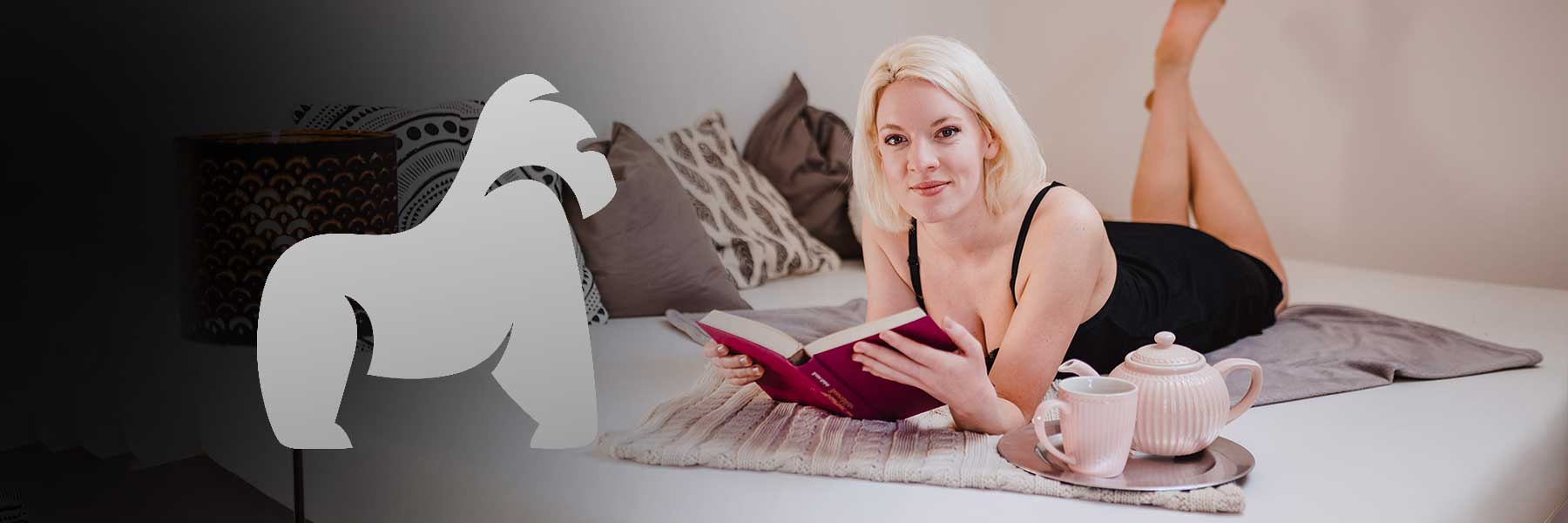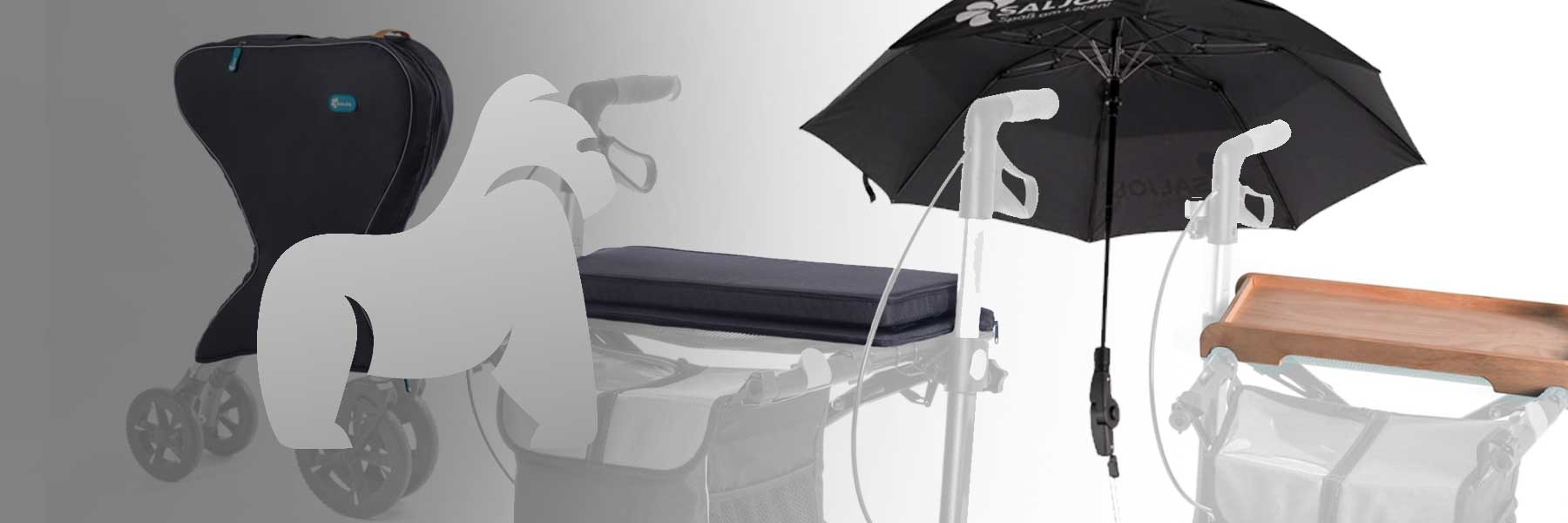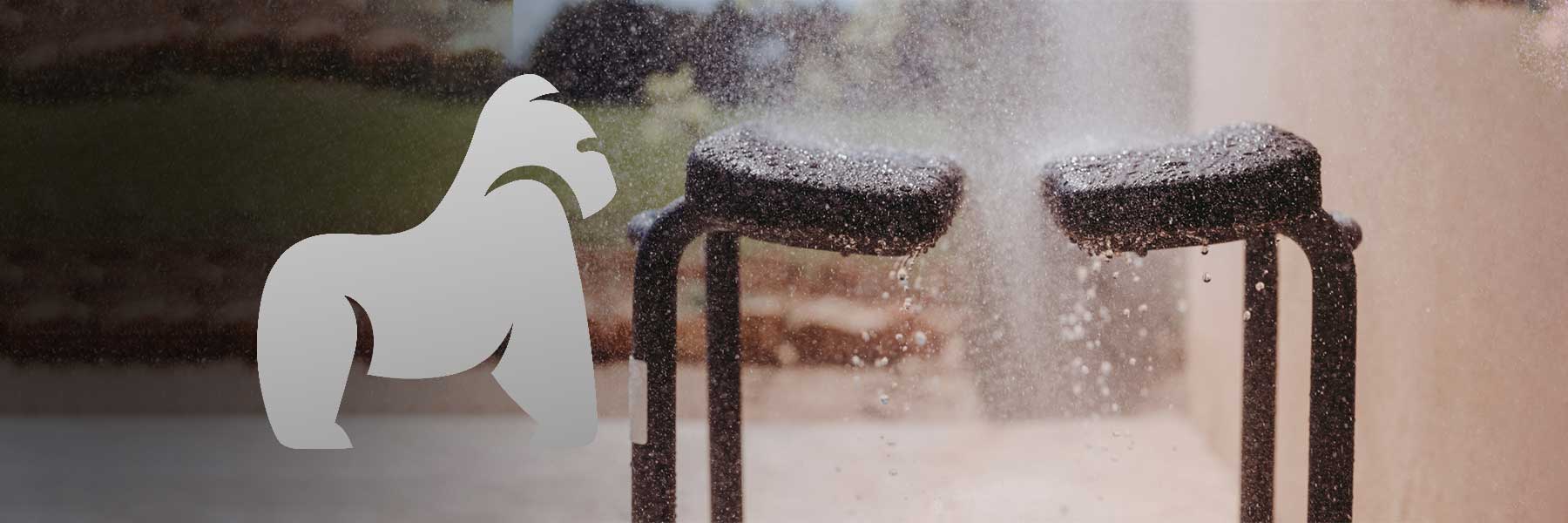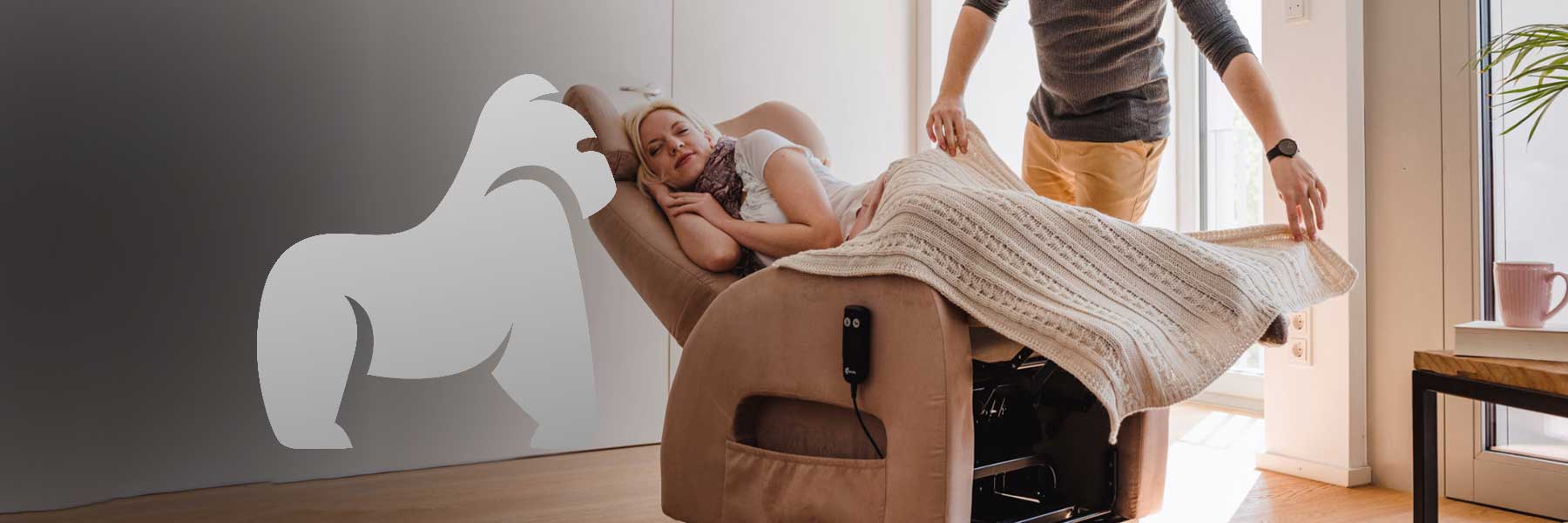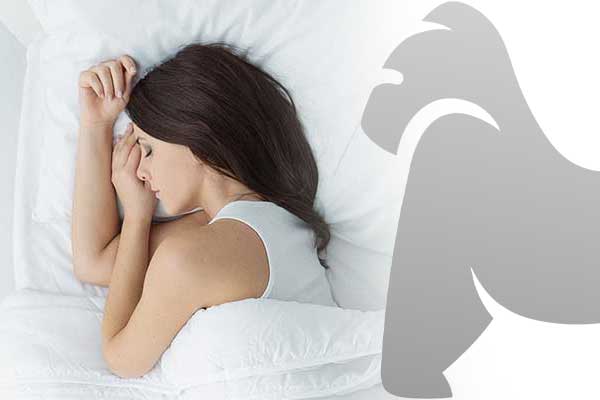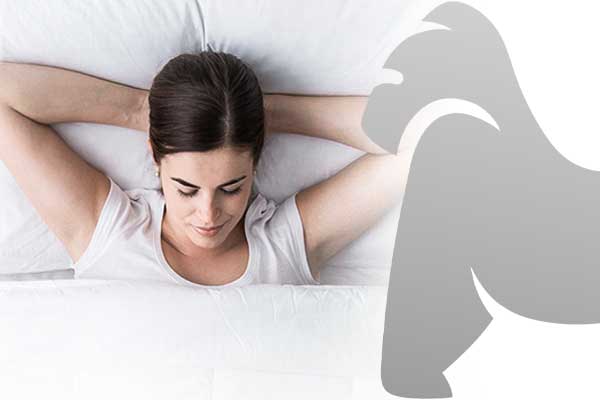
While your consciousness rests, your body is still exposed to all external influences. The night is a time of regeneration. Our body regenerates so that we feel refreshed and ready for the day after waking up. However, this does not always happen automatically. When it comes to back and neck pain, your body needs a little help to avoid them.
The position you sleep in has a direct impact on the health of your spine. Most of us wake up at some point in our lives with neck or back pain, and often our sleeping position is responsible. What can we do to fix that? In short, the way to a happy spine is to keep it neutral. Neutral means your spine rests in its natural curve. Starting from the head and neck, it runs down to the tailbone, and at no point should you neglect it. Even things like a one-sided tilt of the hip/pelvis can twist your spine.
4 basic sleeping positions
Below is a breakdown of the four basic sleeping positions.
1. The generally best
On the back. Sleeping on your back distributes weight evenly across the whole body and avoids unnatural or unnecessary curvatures of the spine. Use a small pillow under your head and neck (not under the shoulders) to keep the body aligned. Even better is a small cylindrical pillow in the neck crease that supports the neck and keeps the head neutral on the mattress. However, note that this sleeping position can cause snoring in some people.
2. Side sleeping with legs extended
This is a good alternative to sleeping on your back, especially if you tend to snore. If you place a thin pillow between your legs, you can align your spine, hips, and pelvis. Still, pay attention to the pillow under your head. It should only be thick enough to form a straight line from your head and neck down your spine. Your shoulders should not rest on the pillow.
3. Not so good
On the side, with legs curled toward the chest. This does not straighten the shoulders and neck. Also, the weight is not evenly distributed across the whole body, which can cause you to wake up with back pain in the morning.
3. To avoid
On the stomach. This position does not support spinal alignment and puts pressure on your joints. Also, since you cannot breathe through the pillow, your head is pushed to the side, twisting your neck.
Listen to what your body tells you
These are just the most general sleeping positions. As we all know, there are a thousand other ways we can position ourselves at night. So how do you distinguish a good sleeping position from one that leads to back and neck pain? As mentioned earlier, the most important question you should ask yourself when you lie down at night is: "Are my head, neck, and spine in a neutral position?" If so, the chances are pretty good that you can keep your body healthy for longer.





